Test Drive: 2014 SRT Viper TA
Hitting the track with the redesigned and rare American powerhouse

by Davis Adams
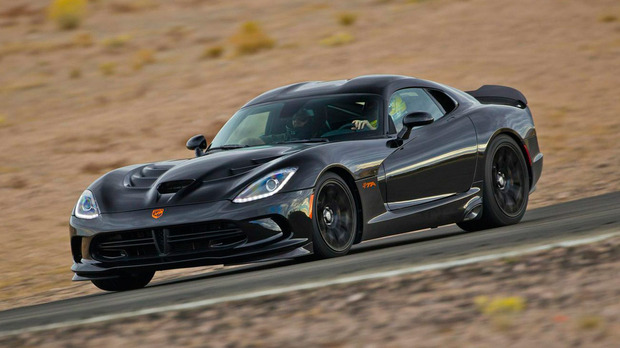
Following a trip to Willow Springs International Raceway with Chrysler, it’d be remiss not to pay more attention to the 2014 SRT Viper TA. It’s the most flamboyant vehicle produced by any American automaker, and it’s absolutely jaw-dropping.
After a long journey through the canyons and desert, we arrived at the track early in the morning for our briefing. The SRT Viper debuted last year, but the goal for this trip was to “relaunch the car” with a special edition: The “Time Attack” TA. The Viper was originally launched for the 1992 model year, and has since earned itself the reputation for being one of the most unwieldy, ruthless and legitimately dangerous streetcars to go on sale in the modern marketplace. That car (and all those that followed) came without traction control, stability control and virtually any other driver’s aid that could assist in keeping the wheels planted to the ground. For the expert driver, the Dodge Viper was a sublime test of skill; to the novice, a deathtrap.
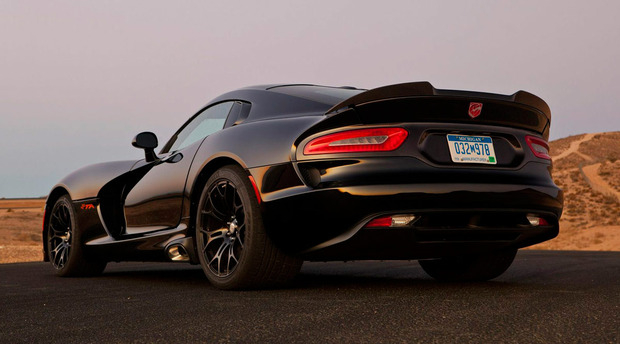
With last year’s complete overhaul in design, approaching the 2014 SRT Viper is a lesson in illusions. Perhaps it’s just the extra-long hood that throws us for a loop, but the car looks much larger than it actually is. The front is wide and low, with tall, vertical headlights that help elongate the car’s silhouette. The hood itself swells with the fender wells, swoops downward toward the center, and rises up again to form an air scoop. There are also six symmetrical air vents spooned out of the hood in minimalist SRT and track-ready TA models, but optional in the touring-oriented GTS.
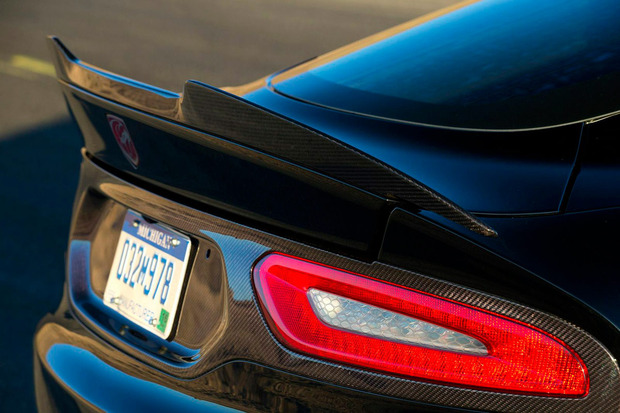
The Viper’s profile is perhaps its most exotic angle. Large brake vents are scooped from behind the front quarter panels, the side-mounted exhaust stands out from below the doors, and the cabin is pushed back to the rear of the car. That means that the cabin swells up from the long hood, and tapers quickly back to the dramatically flipped tail end, giving the Viper an almost Mercedes SLS-like seating position. The Viper is technically a hatchback, but in this case that doesn’t translate to extra space, just better lines. Despite its big proportions, the Viper is actually two inches shorter than a Porsche 911 and just two inches longer than the very petite Subaru BRZ.
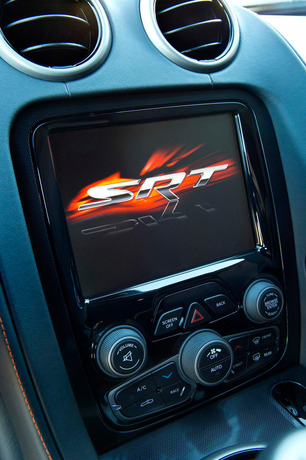
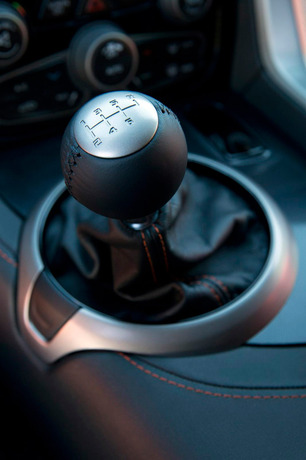
The Viper has been modernized with navigation and LCD screens in the dash and it’s been made more luxurious with leather across all surfaces, however it doesn’t quite land in the full-on luxury sports car category—other cars for the same money feel better crafted. The interior is oriented toward the driver, with the UConnect screen and climate controls angled at the driver’s seat. (In fact, it’s not convenient for the passenger to access the controls at all.)
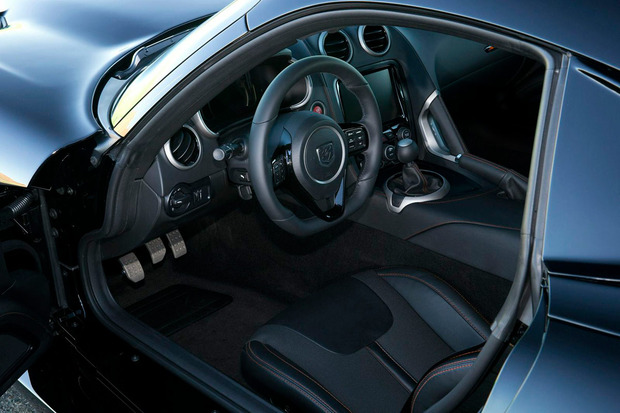
To keep the car’s center of gravity as low as possible, the exhaust system had to be moved to the sides of the car. So while it’s mean-looking, it’s not exactly functional. The seats sit low, and the doorsills are deep, so you have to essentially fall into the car to get settled. Getting out is an even bigger challenge, it helps to be nimble—and dressed for the occasion. However, the interior is very comfortable, with supportive seats that offer enough squeeze for assertive driving, but enough cushioning for long drives.
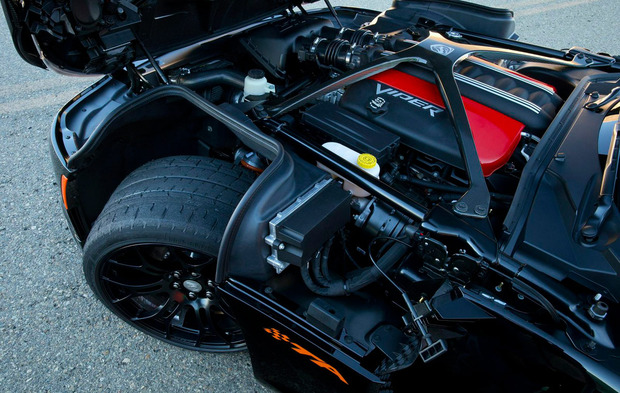
Start-up is an instant reminder that you’re in an American muscle car. The 640-horsepower 8.4-liter V10 roars and the exhaust rumbles in a dirty, obnoxious, wonderful way. The wheel is thick, and the transmission clicks easily into place. The only downside here is the very deep clutch, which takes more than a few tries to master. It took us a couple laps around Big Willow to feel comfortable pushing the Viper TA; the old car’s reputation for breaking loose kept us shy—at least at first. The modern Viper has all of the previously absent drivers’ aides standard, and within minutes it was apparent that the sport and track settings for the traction control kept the 640 horses thrilling, but not unmanageable. On the streets, the Viper’s suspension is more forgiving than one might expect. While it’s not as pleasant on the long haul as, say the comparably priced Porsche 911, the Viper never reaches a point of discomfort. Plus, the SRT makes up for the difference with its rarity.
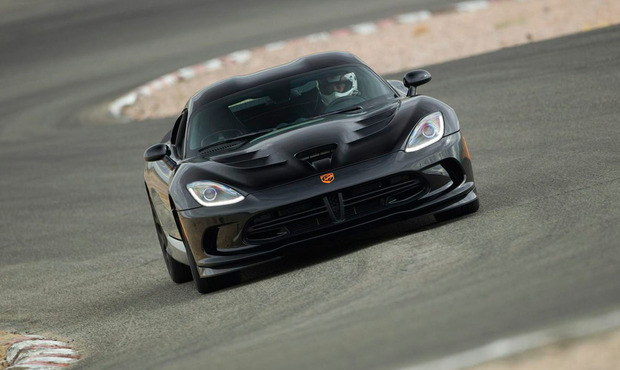
There’s an argument to be made that the current generation of Viper is less exciting than the original model. However, the 2014 lineup also comes with 240 more horse-power than those old-school Dodges. It’s more refined, both in style, luxury and performance. Shoppers who are interested in the Viper may compare it to the Chevrolet Corvette, as it’s the only other high-performance sports car built in America. Getting into a Viper starts at $102,485–more than double the entry-price of a tamer Corvette–and the SRT can climb to more than than $140,000, depending on the trim you choose. That’s a lot of money for any car, but with fewer than 800 Vipers produced each year, the performance, rarity and made-in-the-USA points make for one compelling purchase.
Images courtesy of Viper












